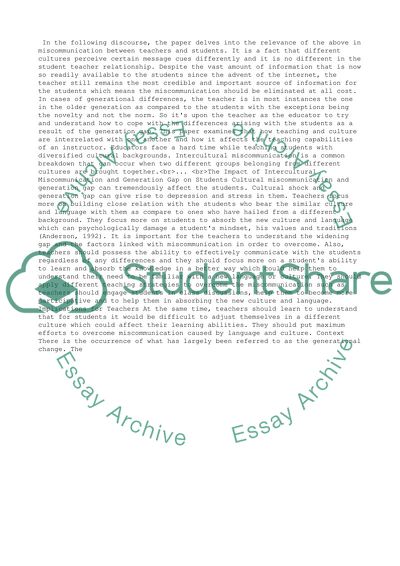Cite this document
(“Miscommunication between Teachers In Terms Of Culture, Language, Case Study”, n.d.)
Miscommunication between Teachers In Terms Of Culture, Language, Case Study. Retrieved from https://studentshare.org/business/1402325-miscommunication-between-teachers-in-terms-of-culture-language-generation-differences
Miscommunication between Teachers In Terms Of Culture, Language, Case Study. Retrieved from https://studentshare.org/business/1402325-miscommunication-between-teachers-in-terms-of-culture-language-generation-differences
(Miscommunication Between Teachers In Terms Of Culture, Language, Case Study)
Miscommunication Between Teachers In Terms Of Culture, Language, Case Study. https://studentshare.org/business/1402325-miscommunication-between-teachers-in-terms-of-culture-language-generation-differences.
Miscommunication Between Teachers In Terms Of Culture, Language, Case Study. https://studentshare.org/business/1402325-miscommunication-between-teachers-in-terms-of-culture-language-generation-differences.
“Miscommunication Between Teachers In Terms Of Culture, Language, Case Study”, n.d. https://studentshare.org/business/1402325-miscommunication-between-teachers-in-terms-of-culture-language-generation-differences.


